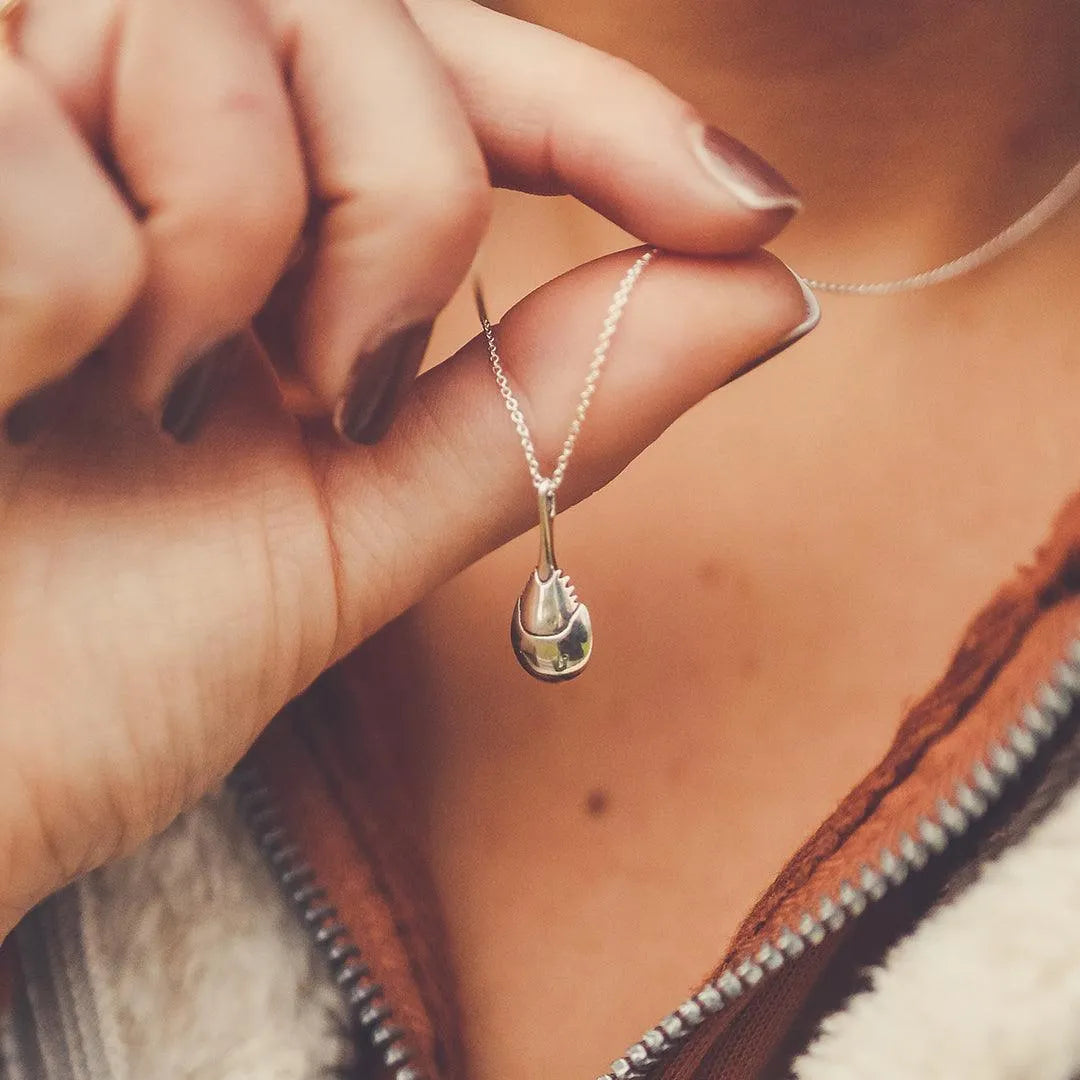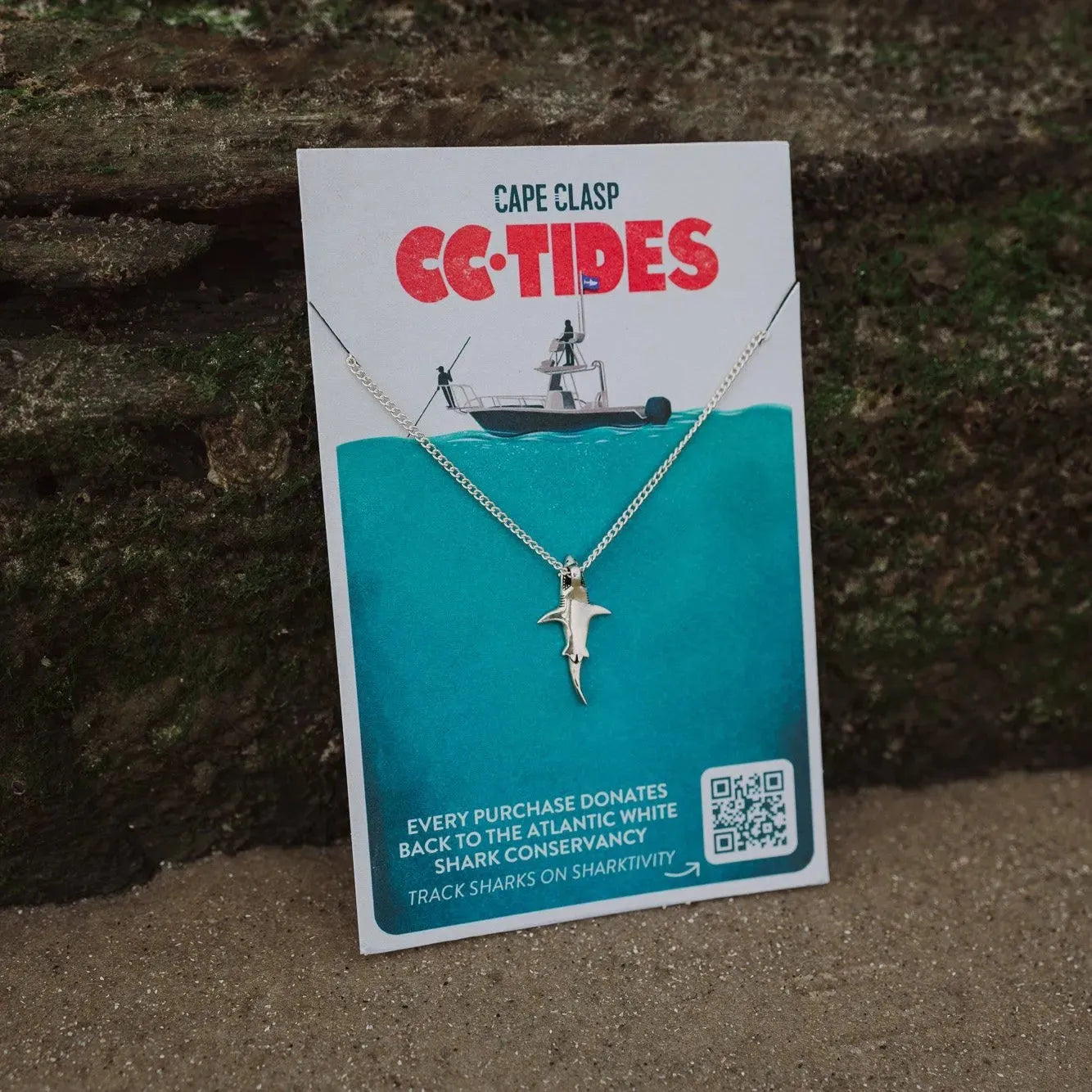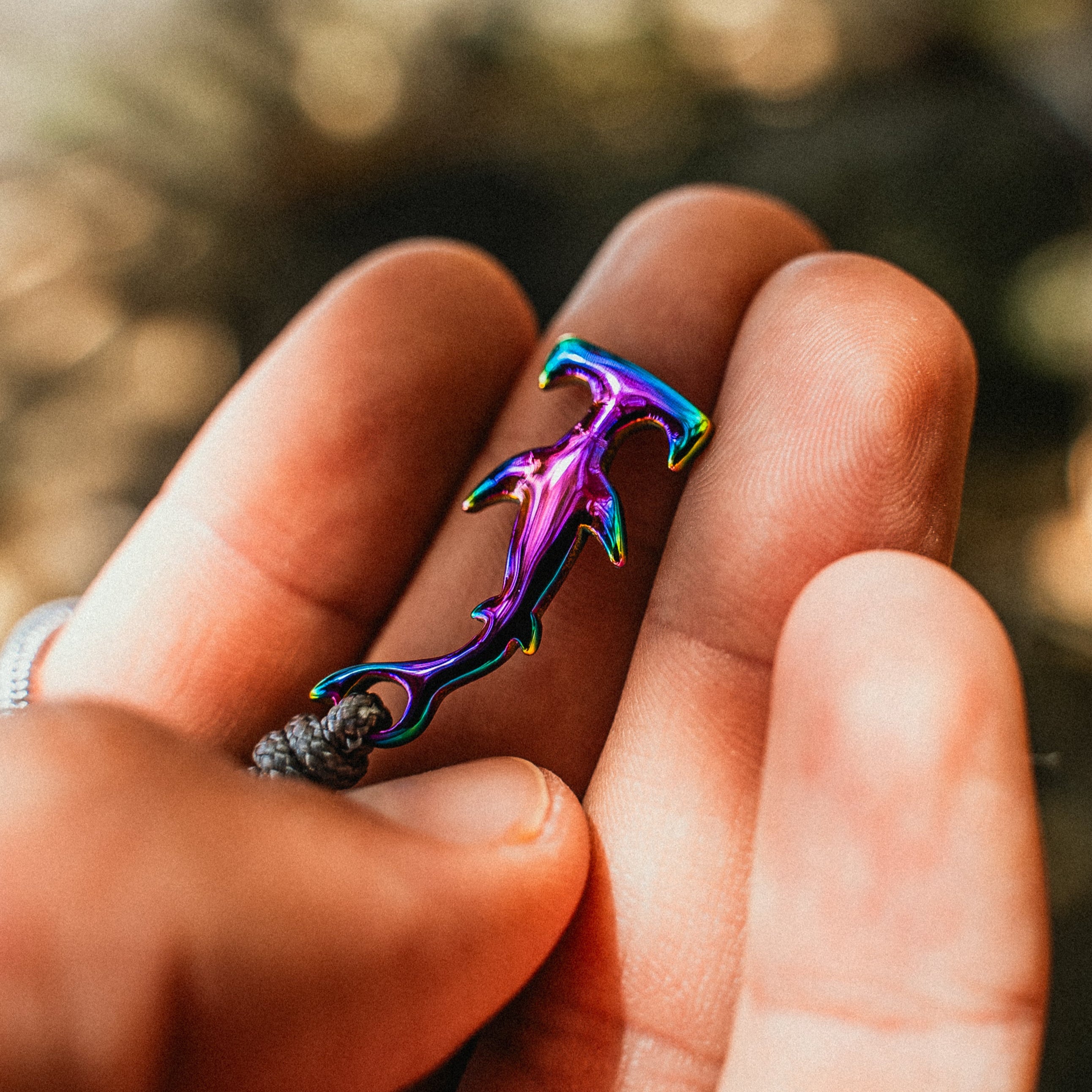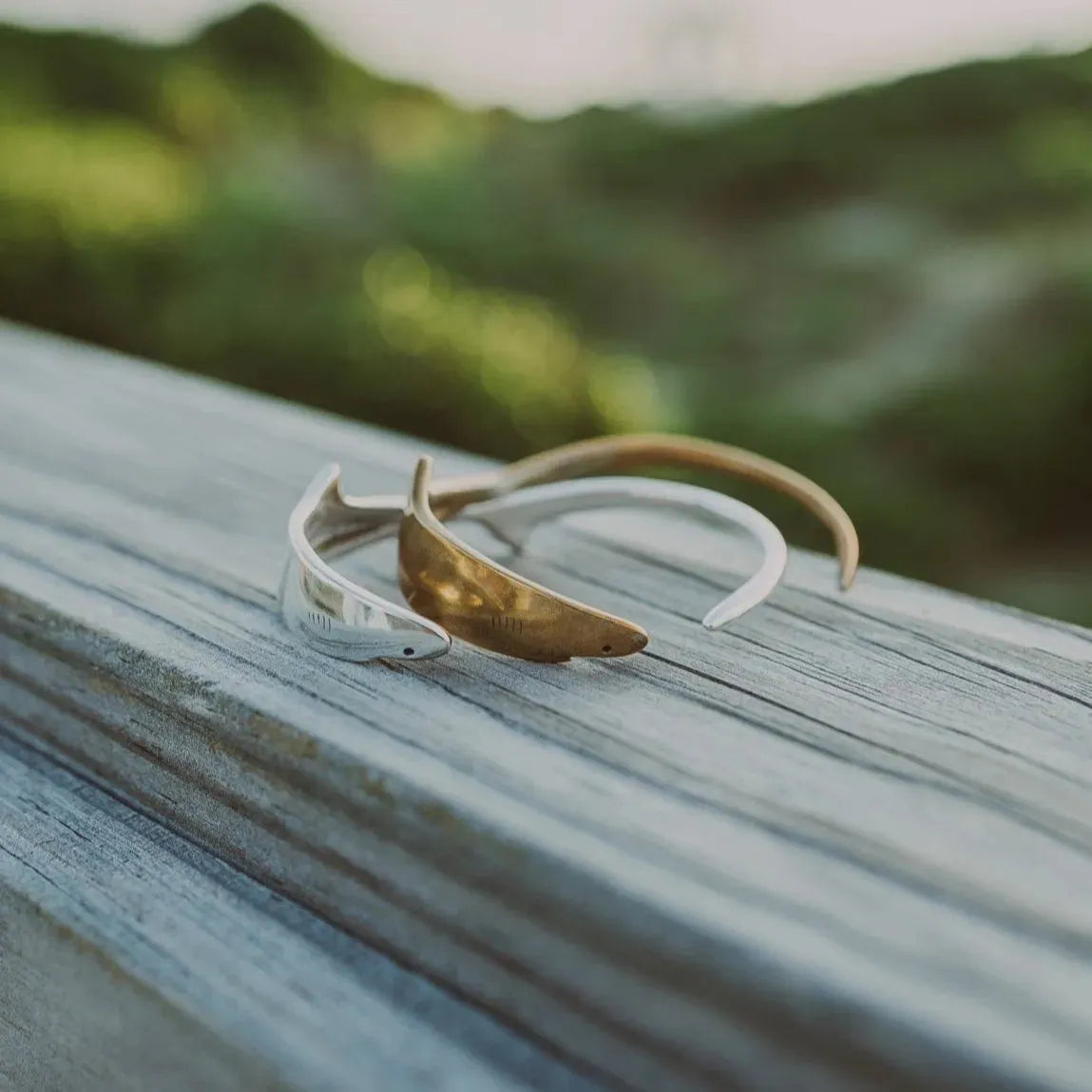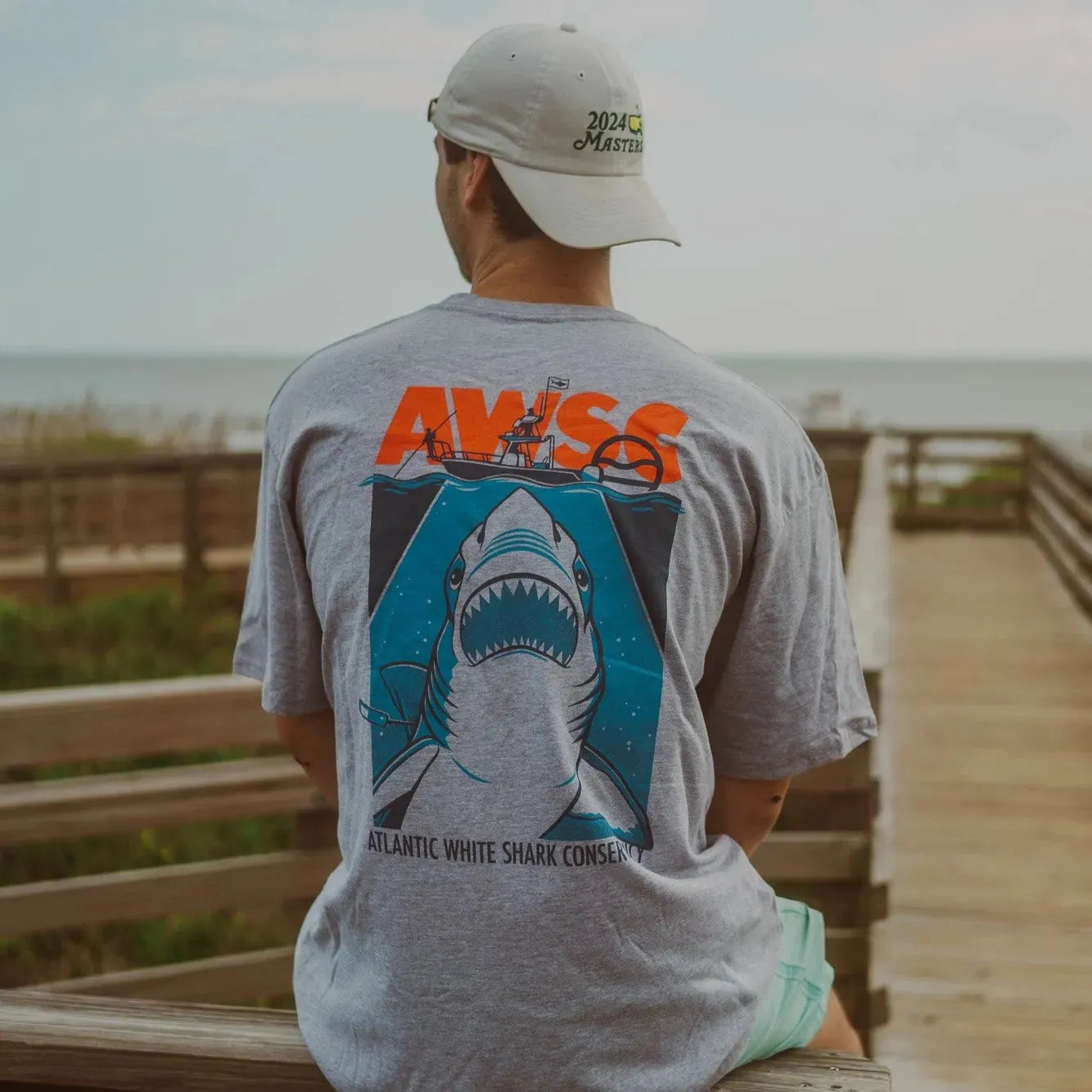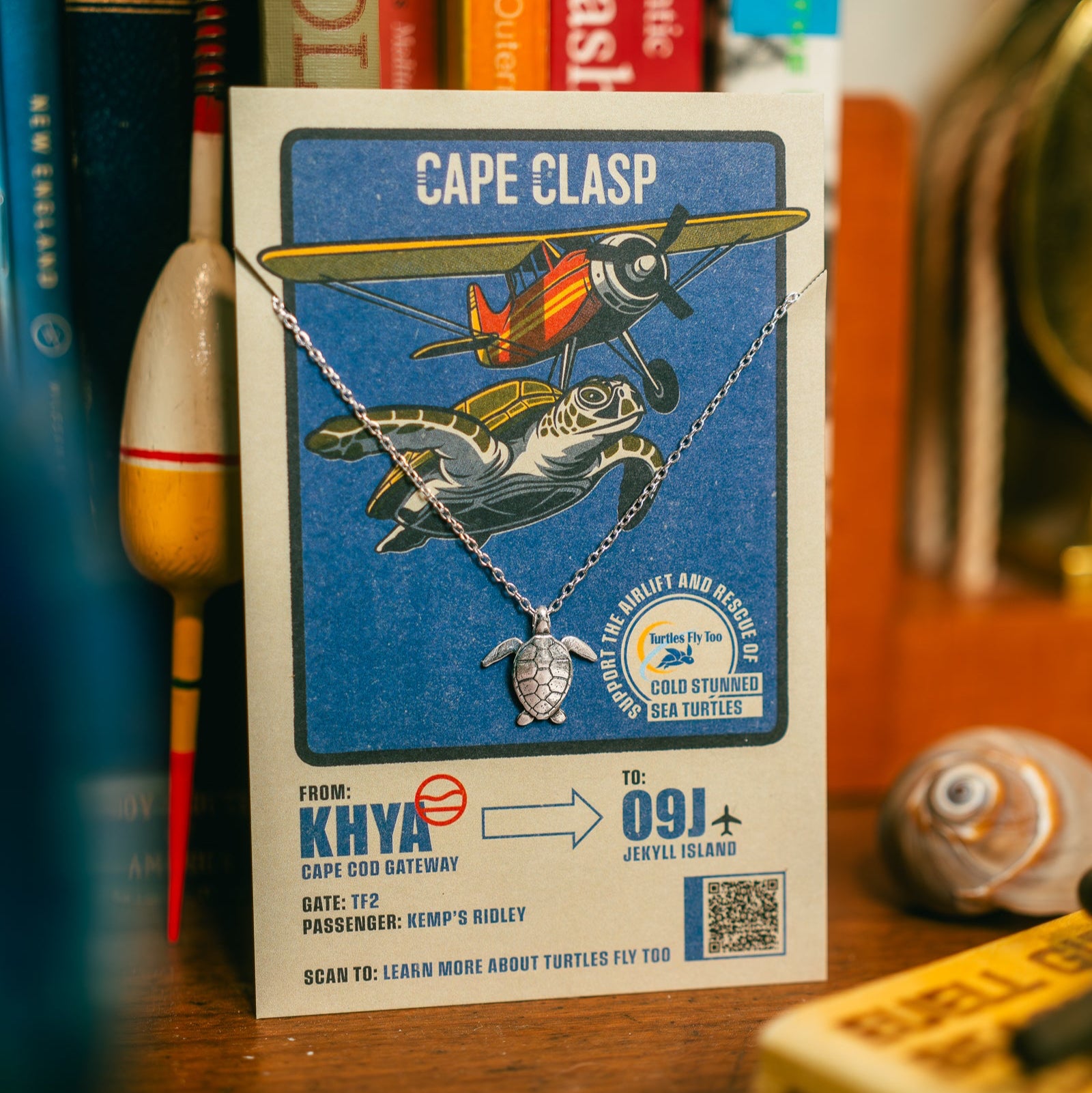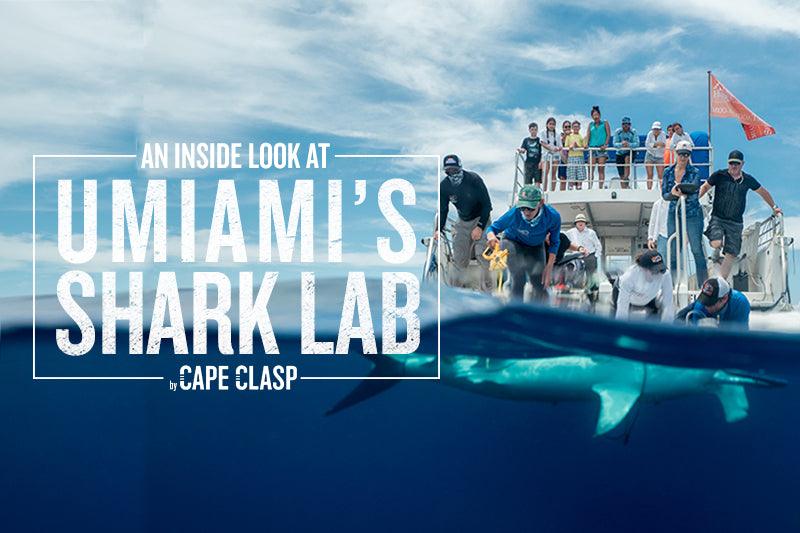
An Inside Look at UMiami's Shark Research & Conservation Program
Understanding sharks is the best way to protect them. That's why we're so excited to partner with the Shark Research & Conservation Program at the University of Miami in Florida on our newest ring design, the Hammerhead Shark Ring.
The program is hard at work researching how today's pressures, like human activity and climate change, are impacting sharks and other species of fish. Work is conducted across the globe to protect sharks of all different kinds.
SRC is committed to the future of shark research to ensure a healthy ocean ecosystem for generations to come. In 2018 alone, the program brought more than 1,200 citizen scientists on research expeditions and partners with school groups to introduce students to shark science.
What exactly does SRC do on these trips? We wanted to give you an inside look at what it's like to join them on an expedition!
Catching the Sharks

To catch the sharks for research, the SRC team relies on a custom-designed hook drumline system to standardize catch rates and ensure health and vitality of captured sharks. This is a “shark-friendly” fishing gear, designed to minimize stress on the animals, while allowing the team to conduct standardized shark abundance surveys. The drumlines are deployed for a one-hour “soak time” before being retrieved to check for sharks.
A baited circle hook is attached to a fishing line, which is then attached to a 40 lb weight via a stainless swivel and rotating shackle. Circle hooks reduce the incidence of deep hooking, increasing the efficacy of catch and release fishing.
A set of floats are attached to the drum by a rope, marking the position. If a shark takes the bait and is caught on the hook, the swivel allows it to swim in large circles while on the line, permitting ram ventilation, keeping the shark alive.
At the end of the line there is a hook timer, which records how long a shark is on the
line. With this data, SRC can better gauge fish stress levels, and adjust their tagging procedure accordingly.
Identifying the Sharks

Monitoring Shark Health

Just like at the doctor’s office, a quick blood test can reveal a wealth of information
without an invasive procedure. An SRC intern takes a blood sample from the caudal vein of the shark. SRC then processes the blood in the onboard laboratory, separating the plasma from red blood cells for different studies. These samples can reveal stress hormone levels, pregnancy hormones in females, diet patterns, energy stores and immune health.
Huge thanks to SRC for providing us with these photos and giving us an inside look at shark research!
Protect sharks and further SRC's work with your purchase of the Hammerhead Shark Ring. As always, 15% of profits from the Hammerhead Shark Ring are donated directly to SRC.

